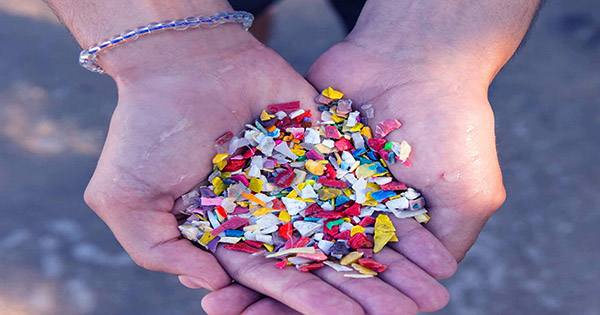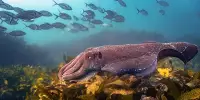In a wide range of oceanographic measurements about the size of a coffee table, scientists have revealed that about 2 million tiny fragments could be deposited deep in the deep ocean that has been recorded below the highest level of microplastic ever recorded in the ocean. Deep-sea currents have the capacity to store and transport 1.9 million pieces of plastic per 1 square meter (about 11 square feet) of the seafloor, new research says. Such “microplastic deposits” may be equivalent to “ocean waste” formed by currents around the planet.
Lead author Dr. Ian Kane of The University of Manchester said in a statement, “Almost everyone has heard of the infamous ocean ‘garbage patch’ of floating plastic, but we were shocked to see the high concentration of microplastics we found on the deep seafloor.” “We discovered that microplastics are not uniformly distributed across the study area; instead they are distributed by strong ocean currents that make them concentrated in certain areas.”
More than 10 million tons of plastic waste is estimated to enter the ocean each year, of which 99 percent is believed to be deposited in the deep sea. To determine the amount of this deposit, an international team of scientists collected sediment samples from the Tyrrhenian Sea, a part of the Mediterranean coast near the Italian coast, with streams of 600 and 900 meters (2000 and 3,000 feet) depth.
The microplastics were separated from the sediment in the lab and then the infrared spectrum was calculated under a microscope to determine the type of individual plastic. microplastic measurements were combined with deep ocean current models and mapping of ocean flows to determine where large amounts could accumulate. Microplastic is known to expand the ocean floor, but the process by which they got there is largely unknown. However, it appears that deep-sea currents act as conveyor belts that transport small pieces of plastic across the ocean floor, according to research published in Science.
Micro plastics were found in almost every sample analyzed; mainly fibers made from textiles and clothing that are not filtered through wastewater treatment plants. Once these pieces of plastic enter the ocean, they slowly freeze or can be transported through turbidity currents that act like water currents, pushing huge amounts of water down into a submarine gorge towards the sea. Once there, the currents below could further shift the plastic around the ocean, which presents a potentially larger problem. Deep-sea currents bring oxygenated water and nutrients from the upper parts of the water column to the hard-to-reach areas of the deep sea, which is often an important ecosystem for poorly understood or poorly documented organisms.
Co-lead Dr. Mike Clare of the National Oceanography Centre, “Our study shows how detailed studies of ocean currents can help us connect microplastic transport pathways in the deep sea and find ‘missing microplastic. The results highlight the need for policy interventions to limit future plastic flows into the natural environment and reduce the impact on marine ecosystems.”
Because of their abundance in mixtures with sand, mud, and other nutrients, microplastics have become a “new type of sediment” that allows them to be transported across the ocean floor in the form of large sediment deposits known as contour drips. Understanding how microplastics have moved across the marine environment can help scientists predict the location of other potential hotspots and their impact on the life of our oceans.














